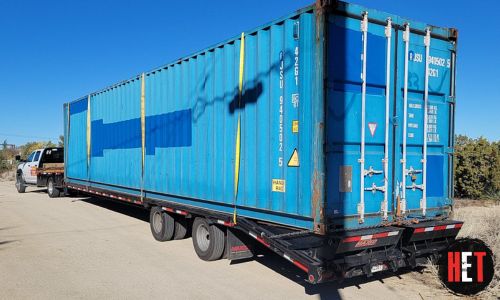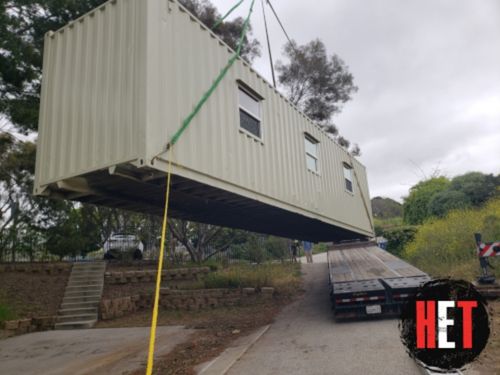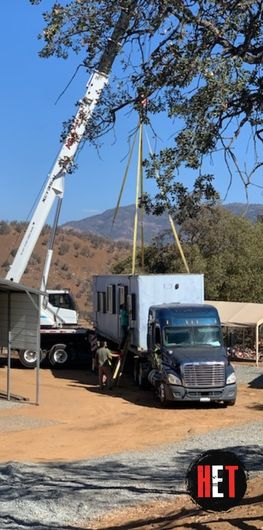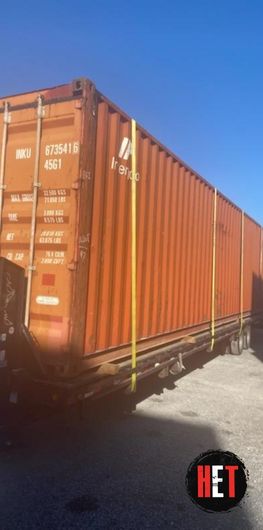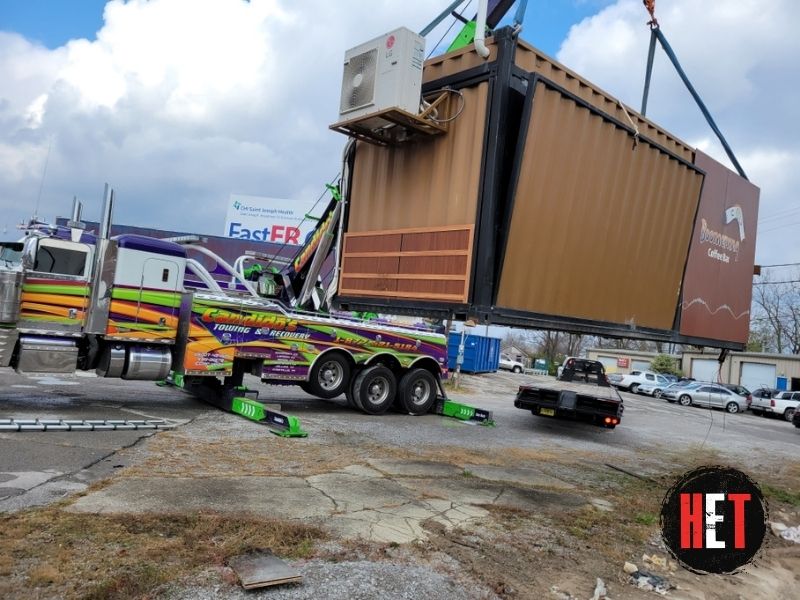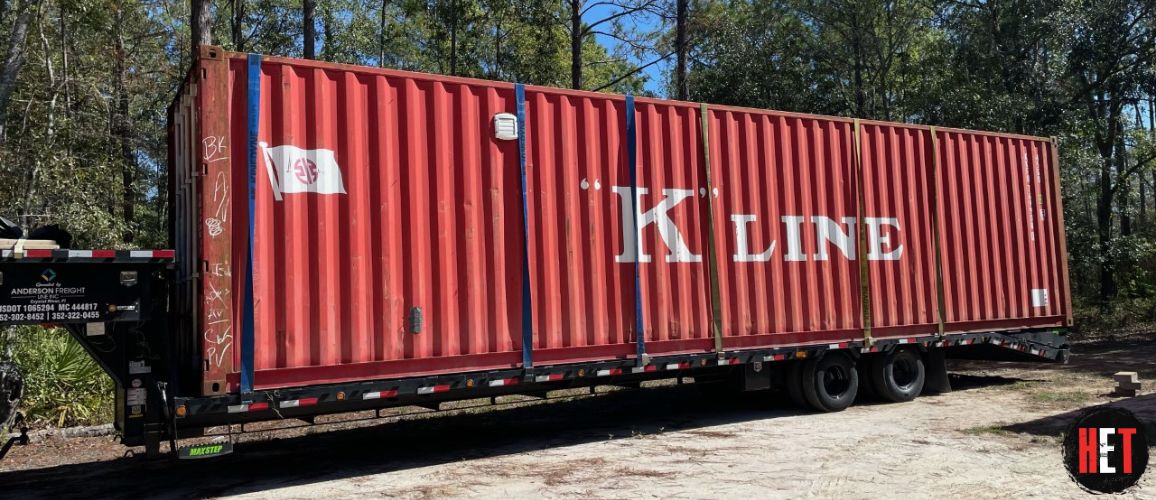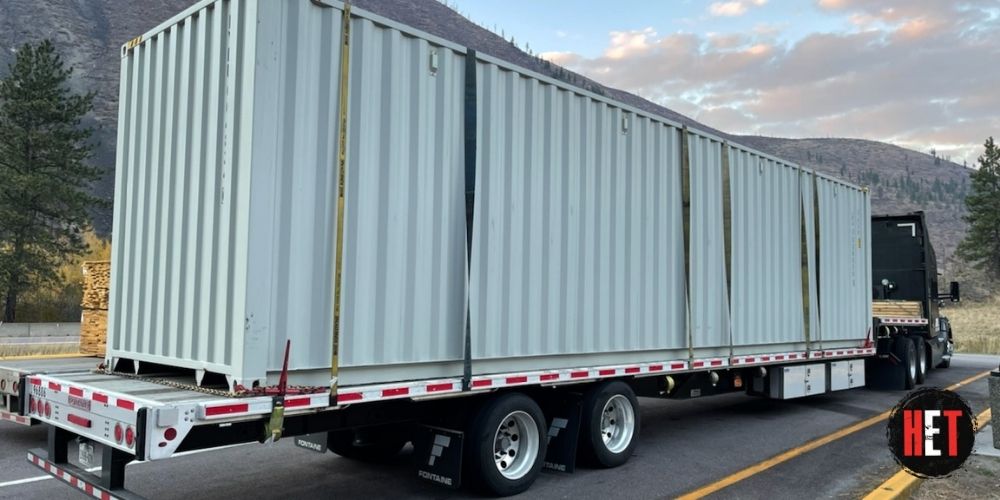Requirements to Transport Containers From Nunavut to the U.S.
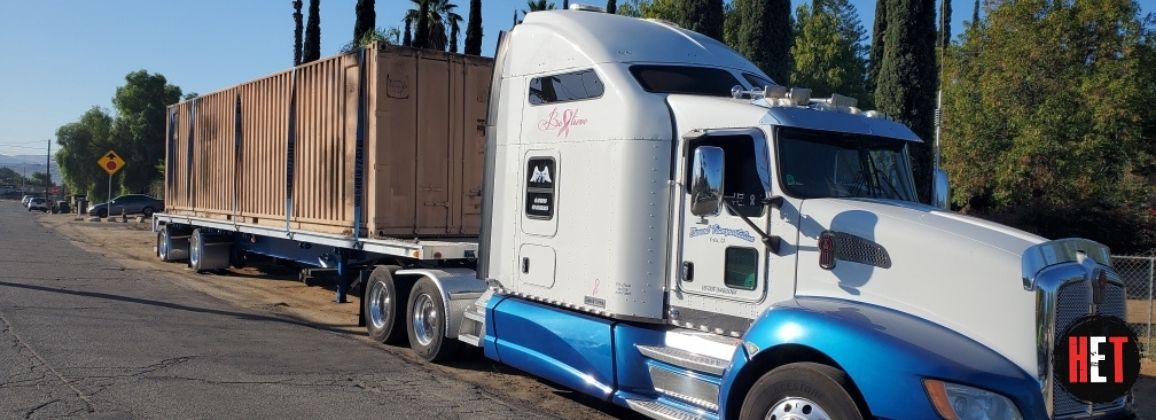
Proper Documentation
- • BOL, Commercial Invoice, Packing List
- • Sealift or intermodal export documentation
- • PAPS and SCAC for U.S. border
CBSA and CBP Compliance
- • Export paperwork filed through Montreal, Churchill, or other mainland hubs
- • ACE and PAPS filed through carrier
Trailer and Container Requirements
- • Sealift container prep required
- • Intermodal coordination with truck, rail, and barge
Carrier and Insurance Requirements
- • Marine + FMCSA carrier coverage
- • Arctic transport insurance
Duties, Taxes, and Tariffs
- • Assessed by customs broker
- • USMCA support if applicable
Border Crossing Requirements
- • Routed through Quebec or Manitoba to access U.S.
Lead Time and Scheduling
- • 3–6 months planning recommended due to sealift season

